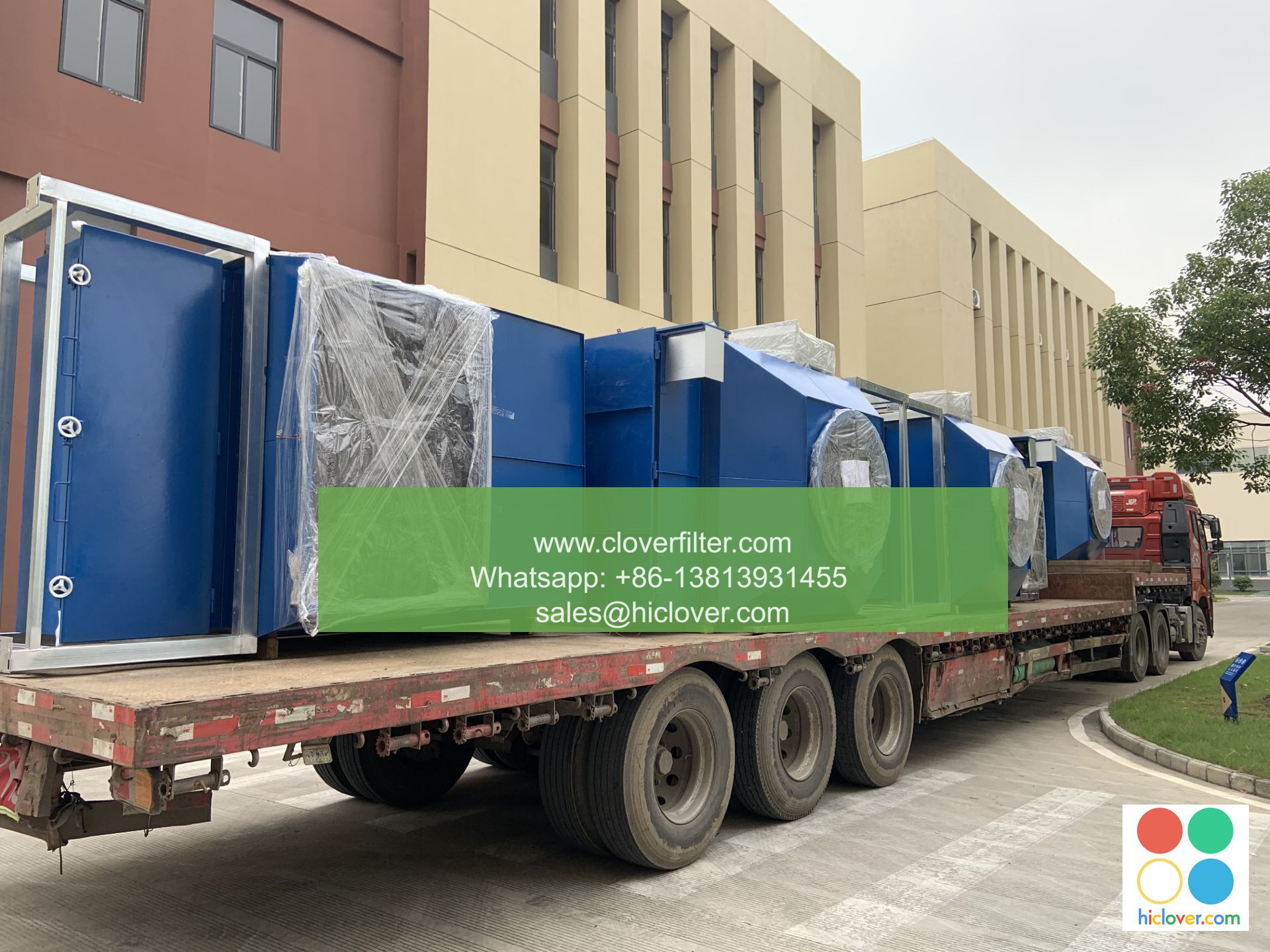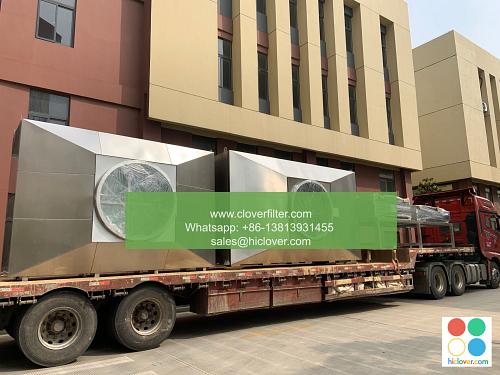The Role of Air Filters in Sustainable Building Design

As the world shifts towards a more eco-friendly and sustainable future, the importance of air quality in buildings has become a major concern. Sustainable building design is no longer just about reducing energy consumption and carbon emissions, but also about creating healthy indoor environments that promote occupant well-being. One crucial component in achieving this goal is the effective use of air filtration systems. In this article, we will explore the vital role of air filters in sustainable building design, highlighting various application areas and the benefits they provide.
Indoor Air Quality and Its Impact on Occupants
Indoor air quality (IAQ) refers to the air quality within buildings and other occupied spaces. Poor IAQ can lead to a range of health problems, including respiratory issues, allergies, and even cancer. Air pollution is a significant concern, with indoor levels often exceeding outdoor levels. This is where air filters come into play, helping to remove pollutants and particles from the air, thereby improving IAQ and creating a healthier environment for occupants.
Types of Air Filters and Their Applications
There are several types of air filters available, each with its own unique characteristics and applications. Some of the most common include:
* HEPA filters (High Efficiency Particulate Air): These filters are capable of capturing 99.97% of particles as small as 0.3 microns, making them ideal for healthcare facilities, laboratories, and other areas where high levels of air purity are required.
* Activated carbon filters: These filters are designed to capture gases and odors, making them suitable for use in kitchens, bathrooms, and other areas where moisture and humidity are present.
* UV filters: These filters use ultraviolet light to kill bacteria and other microorganisms, making them ideal for use in air conditioning systems and other applications where moisture is present.
Sustainable Building Design and Air Filtration
In sustainable building design, air filtration plays a critical role in reducing energy consumption and promoting occupant health. By using high-efficiency air filters, buildings can reduce the amount of energy required to heat and cool the air, while also improving IAQ. This is particularly important in green buildings, where the goal is to minimize environmental impact while maximizing occupant comfort and well-being.
Application Areas for Air Filters in Sustainable Building Design
Air filters have a wide range of applications in sustainable building design, including:
* Commercial buildings: Office buildings, shopping centers, and other commercial spaces can benefit from the use of air filters to improve IAQ and reduce energy consumption.
* Residential buildings: Homes and apartments can use air filters to improve indoor air quality and promote occupant health.
* Healthcare facilities: Hospitals, clinics, and other healthcare facilities require high levels of air purity to prevent the spread of infections and promote patient health.
* Industrial facilities: Factories, warehouses, and other industrial spaces can use air filters to improve IAQ and reduce the risk of respiratory problems.
Benefits of Air Filters in Sustainable Building Design
The benefits of using air filters in sustainable building design are numerous, including:
* Improved indoor air quality: Air filters can remove pollutants and particles from the air, creating a healthier environment for occupants.
* Reduced energy consumption: High-efficiency air filters can reduce the amount of energy required to heat and cool the air, leading to cost savings and a reduced carbon footprint.
* Increased occupant comfort and well-being: By improving IAQ and reducing the risk of respiratory problems, air filters can promote occupant comfort and well-being.
* Extended equipment life: Air filters can help extend the life of HVAC equipment by reducing the amount of dirt and debris that enters the system.
In conclusion, air filters play a vital role in sustainable building design, promoting occupant health and well-being while reducing energy consumption and environmental impact. By understanding the different types of air filters and their applications, builders and designers can create healthier, more sustainable buildings that benefit both people and the planet. Prompt

